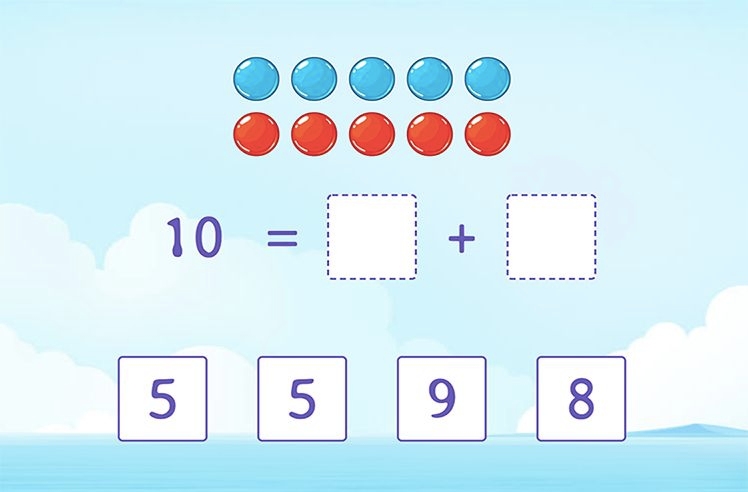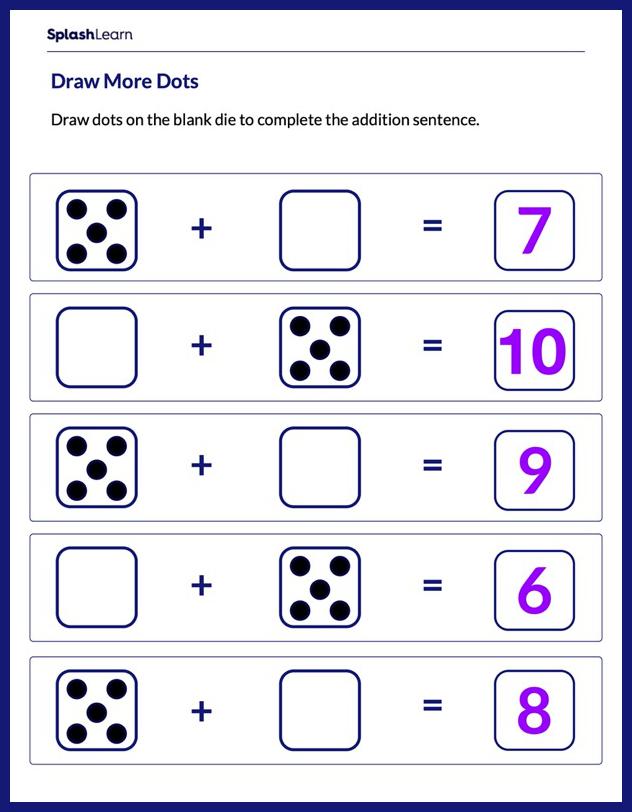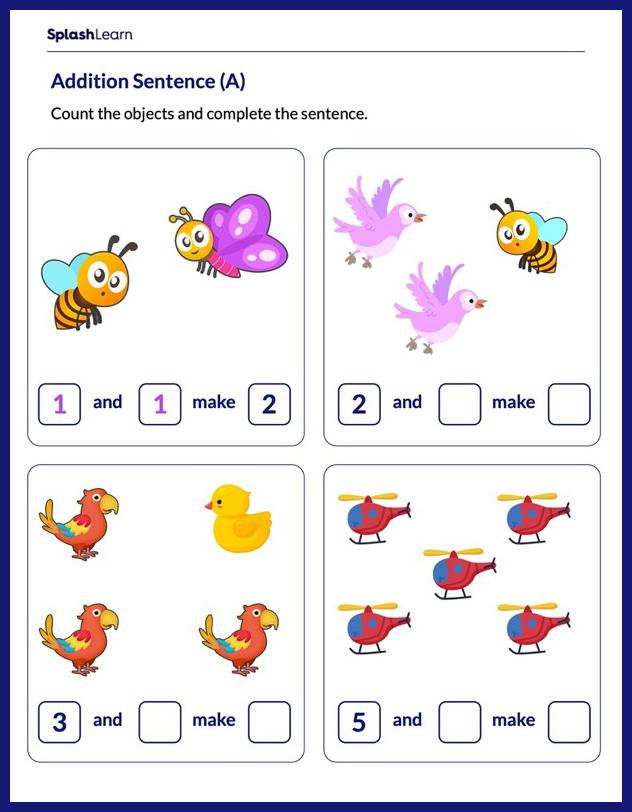Mathematics is a fundamental part of a child’s education, and its roots begin to grow in the early years of schooling. Among these foundational skills, learning basic addition is a cornerstone in kindergarten. Early encounters with addition lay the groundwork for future academic success and everyday life skills. This is where the magic of fun addition activities for kindergarten kids comes into play.
Math & ELA | PreK To Grade 5
Kids see fun.
You see real learning outcomes.
Watch your kids fall in love with math & reading through our scientifically designed curriculum.
Parents, try for free Teachers, use for free
This blog will explore 15 exciting and educational addition activities for kindergarten kids specifically designed for kindergarteners. From hands-on exercises to creative activities, each one is tailored to help kindergarteners grasp the basics of addition while having a great time.
Explore the effectiveness of digital math games in teaching addition with SplashLearn’s engaging and educational games.
1. Counting and Adding Objects
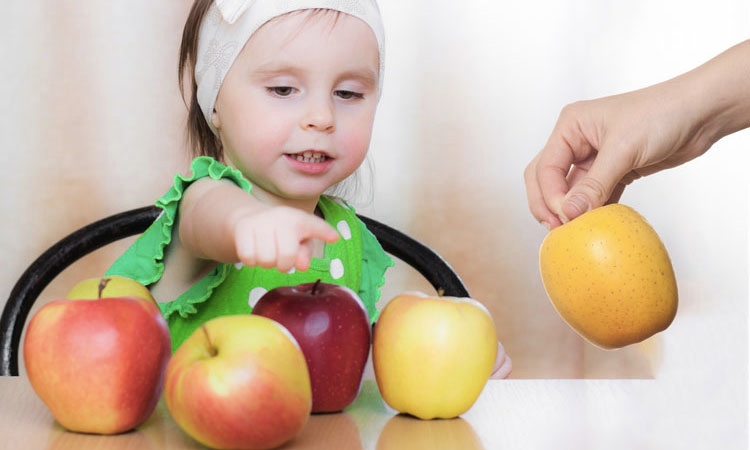
This activity on addition is perfect for kindergarteners. Start by gathering small objects like buttons, pebbles, or toy cars. Ask the child to count a specific number of these objects, for example, 4 pebbles. Then, add a few more, like 2 more pebbles, and ask the child to count all the pebbles again. This activity helps children visually and physically understand the concept of addition, making it a tangible and engaging learning experience.
Related Reading: Best Counting Activities for Preschoolers
2. Finger Addition
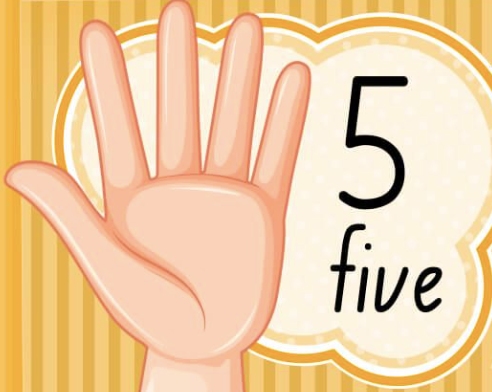
Finger addition is a fun and effective maths addition activity. Show the child how to use their fingers to add numbers. For instance, hold up 3 fingers on one hand and 2 on the other. Ask the child to count all the fingers to find the total. This method helps children visualize and understand the addition process in a simple and interactive way.
3. Online Addition Games
Online addition games are an excellent resource for teaching kindergarteners the basics of addition in an engaging and interactive manner. They are designed to ease young learners into math by gradually increasing the difficulty level, allowing children to build their skills at a comfortable pace. As children interact with these games, they receive immediate feedback on their answers, helping them understand and correct mistakes in real-time.
This approach not only makes learning addition enjoyable but also ensures a smooth progression in acquiring essential math skills, catering to the individual learning pace of each child.
Here’s a great lineup of games to start with:
4. Dice Addition Fun
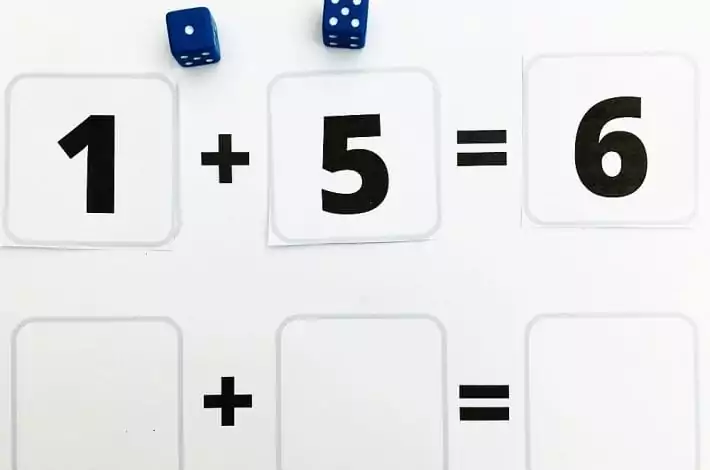
This activity uses dice as addition teaching aids. Roll two dice and have the child add the numbers that appear on them. For example, if the dice show 4 and 3, the child adds these to get 7. This activity teaches basic addition and introduces elements of chance and fun, making learning more engaging.
5. Addition Worksheets
Worksheets are a staple in teaching addition to kindergarteners, offering a straightforward and effective method for reinforcing math skills. It is an excellent tool for learning addition as it provides structured and repetitive practice, which is crucial for mastering basic math skills. They allow children to work independently, reinforcing concepts through varied problems and scenarios.
Additionally, worksheets can be tailored to each child’s learning level, ensuring that the material is neither too easy nor too challenging, thus maintaining engagement and promoting confidence in their mathematical abilities.
Here are some worksheets to get started with:
6. Story Problems
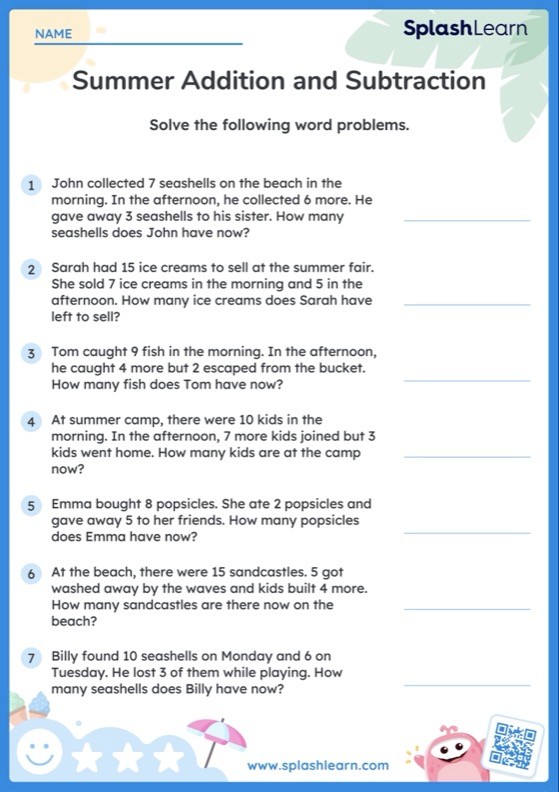
Story problems are engaging activities on addition for young learners. Create simple stories that involve adding numbers. For example, you can say, “Three birds were sitting on a tree, and two more joined them. How many birds are there now?” This helps children apply addition to real-life scenarios, making the concept more relatable and easier to understand.
7. Number Line Jump
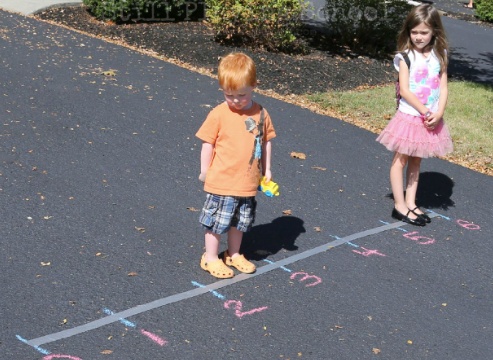
Number Line Jump is one of the best hands-on addition activities for kindergarten kids that combine learning with physical movement. Draw a number line on the ground using chalk or tape. Have the child stand on a number, then give them an addition problem like “2 + 3”. They jump forward to land on the correct answer, in this case, 5. This activity helps kids understand addition spatially and physically.
8. Picture Addition
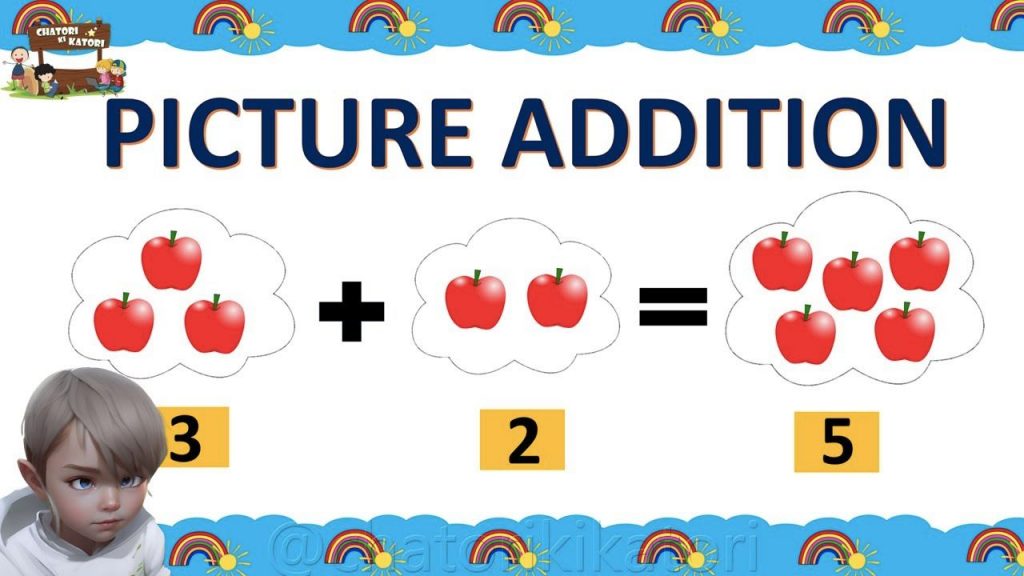
Picture addition is a visually stimulating addition activity for kindergarten. Draw or use pictures with items like apples on trees or cars in a parking lot. Ask the child to count the items in one picture, then in another, and add the two numbers together. For instance, if there are 3 apples on one tree and 2 on another, they add these to find the total. This activity helps in developing counting and addition skills through visual aids.
9. Puzzle Pieces
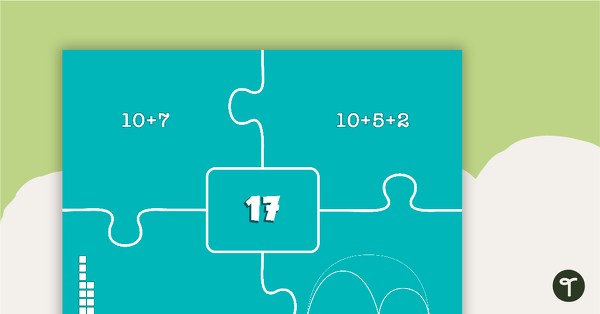
Puzzle pieces with numbers are excellent addition activities for kindergarten. Create puzzles where each piece is marked with a number. The task for the child is to find two pieces whose numbers add up to a specific total. For example, if they need to find a total of 5, they might choose a piece with 2 and another with 3. This activity combines the fun of puzzles with learning basic addition, enhancing problem-solving and numerical skills.
Related Reading: Best Math Puzzles for Kids to Improve Cognitive Abilities
10. Flashcards
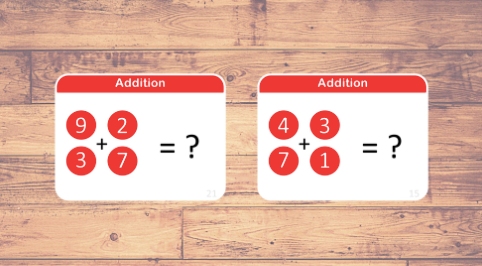
Flashcards are a classic addition activity for kindergarten. Use flashcards with addition problems on them. Show one card at a time to the child and ask them to say the answer as quickly as possible. For example, if the card shows “4 + 2”, they should say “6”. This activity helps kids practice and memorize basic addition facts, enhancing their speed and accuracy in solving addition problems.
11. Addition Hopscotch
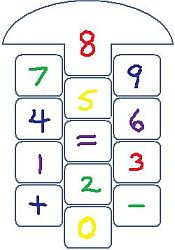
Create a hopscotch grid with numbers. Instead of just hopping through the grid, turn it into an addition activity. Call out an addition problem, like “2 + 3”. The child hops first to 2, then hops 3 more squares to land on the answer, 5. This activity combines physical activity with learning, making it a fun way to teach addition.
12. Addition with Play Dough
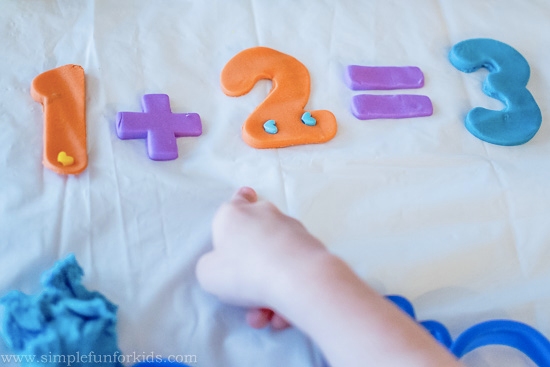
Give the child play dough and ask them to make a certain number of small balls. For example, start with 4 balls. Then, ask them to make some more, like 2 more balls, and add them to the first set. Have them count the total number of balls. This hands-on activity is perfect for kindergarteners as it engages their sense of touch and helps them understand addition in a tactile way.
13. Addition Bingo
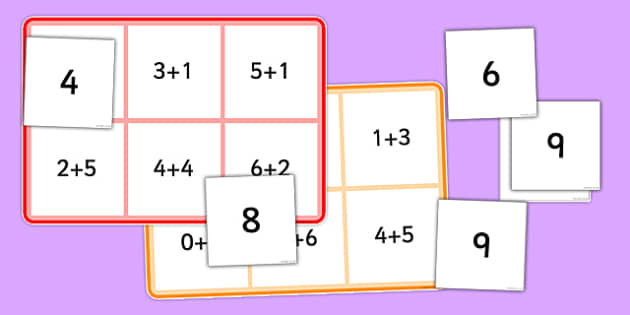
Addition Bingo is an educational twist on the classic game of Bingo, tailored to help kindergarteners practice and enjoy addition. In this version, each Bingo card is filled with answers to simple addition problems rather than numbers. For example, if the caller says “3 + 2,” children would look for the number 5 on their Bingo card. This activity is particularly effective because it turns learning into an exciting challenge, encouraging children to compute addition problems in their heads to win quickly.
14. Domino Addition
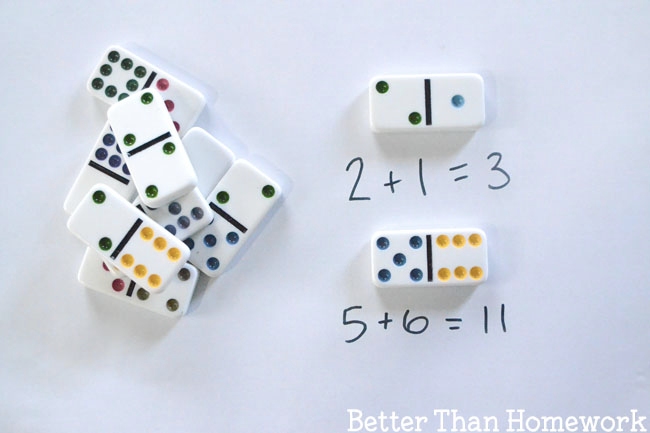
Domino Addition is a hands-on math activity that combines the fun of playing with dominoes with the educational value of learning addition. In this activity, children use the dots on each half of a domino to create and solve addition problems.
For example, if a child picks a domino with 3 dots on one side and 5 on the other, they would add 3 + 5 to find the sum, which is 8. This learning method is particularly beneficial as it provides a visual and tactile way for children to understand addition. The dots on the dominoes make abstract numbers more concrete, aiding in better comprehension.
15. Building Blocks Addition
Building Blocks Addition is one of the most fun ways to teach addition. Use building blocks and ask the child to build a tower with a certain number of blocks, say 5. Then, ask them to add more blocks to the tower, like 3 more. After they add the blocks, they count the total number of blocks in the tower. This activity is enjoyable and helps children understand addition in a practical, hands-on way as they physically see the numbers growing.
Related Reading: Best Addition Apps for Kids
5 Tips for Parents and Educators For Teaching Addition to Kindergarteners
1. Start with the Basics
- Explain addition in terms they can easily understand. Use words like “put together” and “combine” to describe the concept.
- Utilize visual aids like counting bears, blocks, or fingers to demonstrate addition. Visuals can make abstract concepts more concrete for young minds.
2. Incorporate Everyday Examples
- Use everyday situations to explain addition. For instance, adding apples to a fruit basket or counting toys.
- Create stories that involve adding objects or characters, making learning more relatable and engaging.
3. Make It Hands-On
- Activities like counting objects, using playdough, or drawing can make learning more tactile and interactive.
- Incorporate crafts and activities that require adding numbers, such as making a counting book or playing number-based board games.
4. Adapt to Individual Needs
- Recognize that each child learns differently. Be ready to adapt your approach to suit individual learning styles.
- Be patient and give them time to understand and absorb the concepts.
5. Foster a Positive Attitude Towards Math
- Be mindful of how you talk about math. Avoid expressing it as something hard or unpleasant.
- Show your enthusiasm for math. Your attitude can greatly influence your perception of the subject.
Related Reading: How To Teach Math To Kindergarten: 13 Best Ways
In conclusion, teaching addition to kindergarteners can be a fun and enriching experience with the right activities and approaches. By incorporating these engagin addition activities for kindergarten kids, we can make math learning enjoyable and effective, laying a strong foundation for our young learners’ future academic success.
Want more creative ways to teach addition? Sign up on SplashLearn for a plethora of resources tailored for young learners.
Related Reading: Kindergarten Math Curriculum - 9 Important Math Concepts
Frequently Asked Questions (FAQs)
How often should I use these addition activities with my kindergartener?
Aim for regular, short sessions, about 10-15 minutes each, several times a week. Consistency is key in reinforcing learning without overwhelming young children.
Can these addition activities for kindergarten kids be adapted for children with different learning abilities?
Absolutely! Each activity can be modified to suit individual learning styles and abilities. Feel free to simplify or add complexity based on your child’s comfort and skill level.
Are digital games a good way to teach addition to kindergarteners?
Yes, digital games can be highly effective if used in moderation. They offer interactive and engaging ways to learn addition, especially when combined with traditional teaching methods.

















